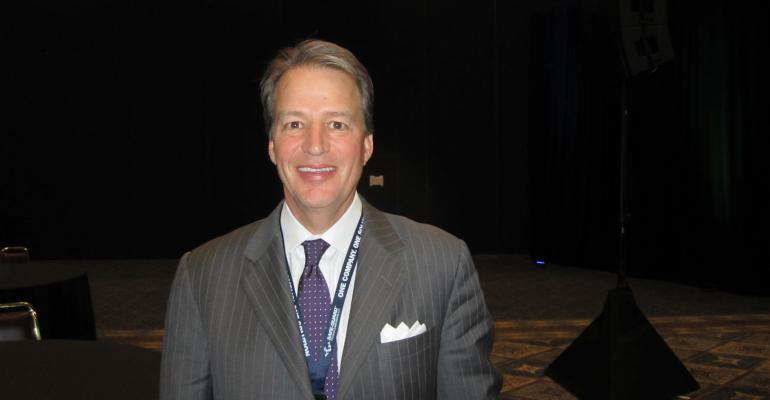LAS VEGAS – Auto dealership finance and insurance departments today depend less on big loan-rate markups to make money. Instead, they are relying more on F&I aftermarket products.
In the past, many dealers who arranged indirect auto financing for their customers would add several percentage points to the interest rates lenders offered.
But dealers have backed off charging what some consumer advocates call excessive “reserve” rates. Now, most dealerships cap their reserve at 1 or 2 percentage points as their cost for facilitating a loan.
“Customers are more educated,” says Dave Duncan, president of Safe-Guard Products International, an F&I provider. “They are not going to go for big rate markups.”
So, where do dealerships make F&I profits? “On F&I products,” he says, citing extended warranties, gap insurance and offerings such as protection plans for wheels and tires.
F&I products that protect and maintain a vehicle’s exterior and interior appearances “are seeing a resurgence, because they are so much better than before – and so are the presentations of those products,” says Kelly Price, president of National Automotive Experts, an aftermarket-services firm.
“No longer are we just putting a wax on a car, but rather a protective substance that can enhance the sustained appearance,” she says at a recent F&I Technology and Management Conference.
“We spend a lot on training how to sell paint and fabric protection because there is so much more to talk about,” Price says.
Experts at the conference recommend that dealerships pitch cosmetic and protection plans particularly to people leasing vehicles. Those customers typically show little interest in extended-warranty plans because they are only leasing a vehicle for a few years.
But they are interested in avoiding the potential cost of wear-and-tear and damage charges when they turn in their off-lease vehicles. That is why the likes of paint- and fabric-protection plans can appeal to them.
“The leasing consumer is concerned about the need to bring the car back in the same shape as when it left the dealership,” says Bob Corbin, president and CEO of F&I provider IAS. “F&I appearance packages help with that.”
Such offerings have moved up to the status of core products, says Steve Amos, president of the GSFSGroup.
“A lot of dealers are going back to basics,” Corbin says of appearance packages. “They are looking for more products to sell.”
In the past, F&I paint- and fabric-protection products weren’t available for used cars. “But now they are,” Price says. “Every product we have for new cars is pretty much now available for used cars.”
Many consumers are keeping their cars longer, Duncan notes. “We have to develop F&I products for those vehicles. We are going to be looking at 100,000-mile (160,000-km) used cars.”
The average age of cars and light trucks in operation in the U.S. has increased to a record 10.8 years, according to data-tracker Polk.
“We need to focus on higher-mileage used cars,” Duncan says of F&I product offerings.
But it is a challenge to persuade lenders to finance some F&I products for aging vehicles, Price says. “You can’t sell an extended-service contract with no limits for a 120,000-mile (192,000-km) car.”





